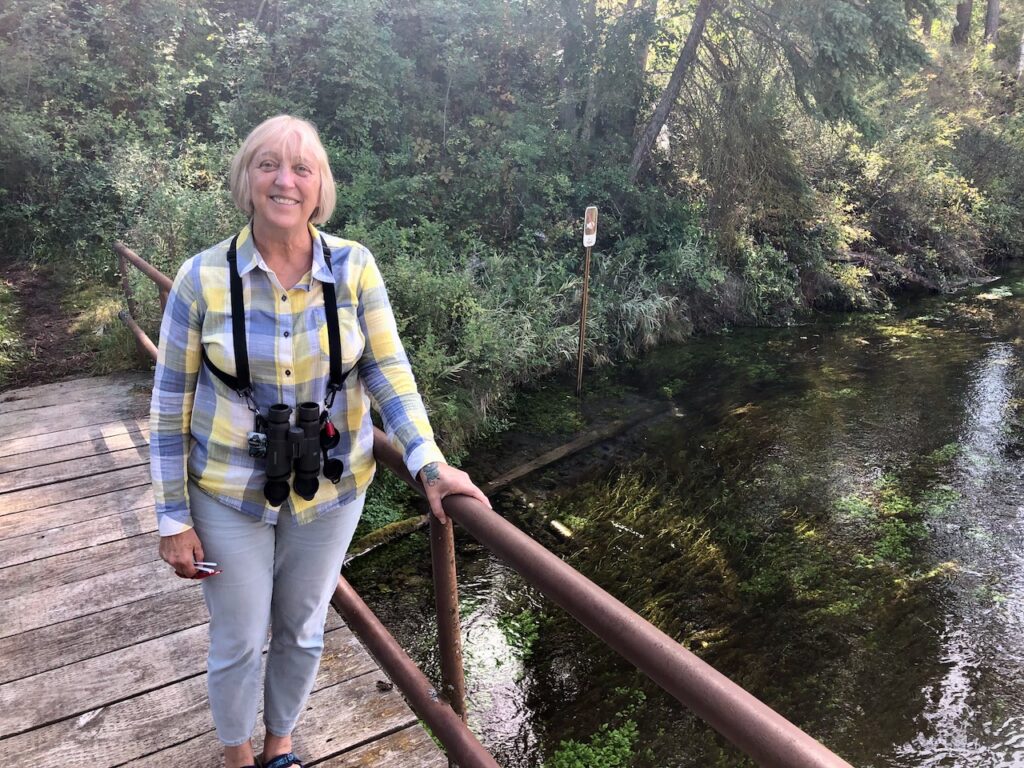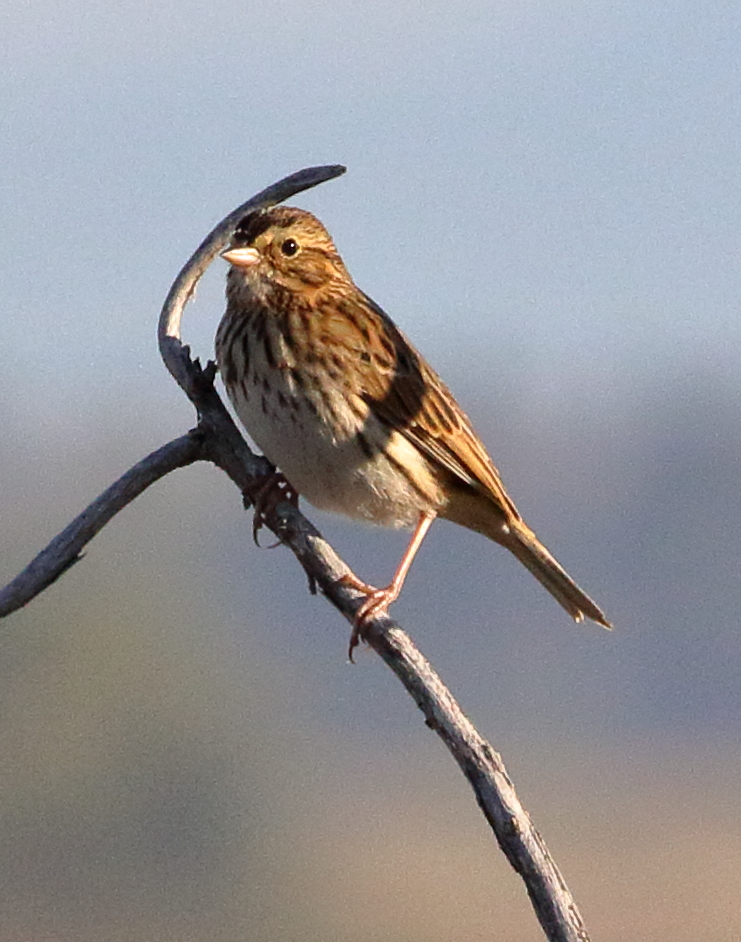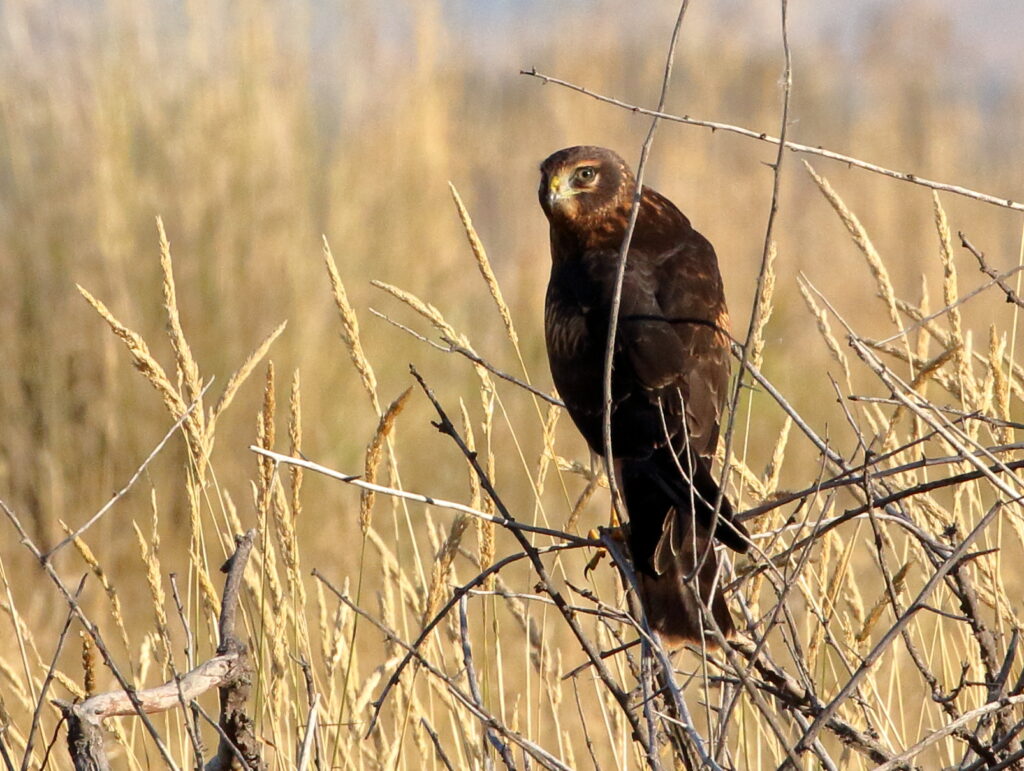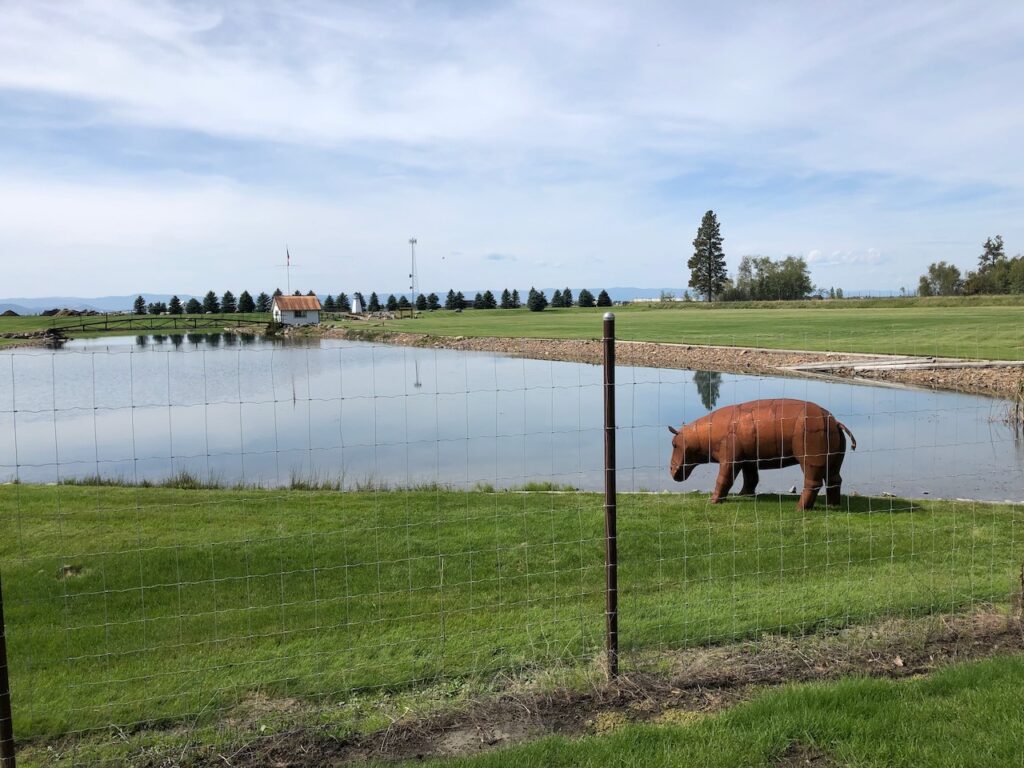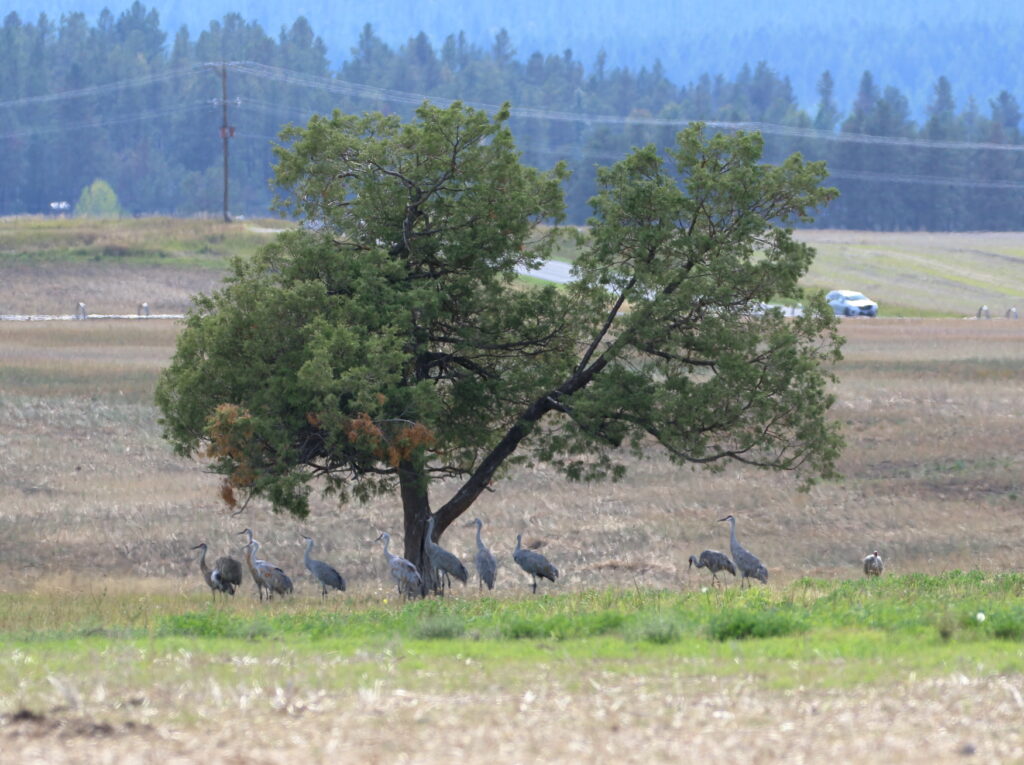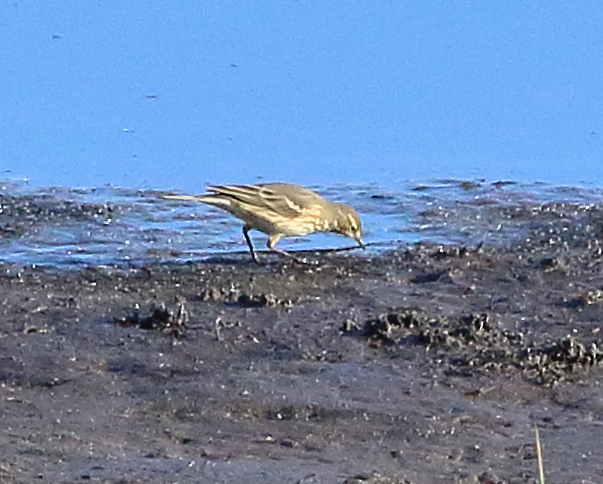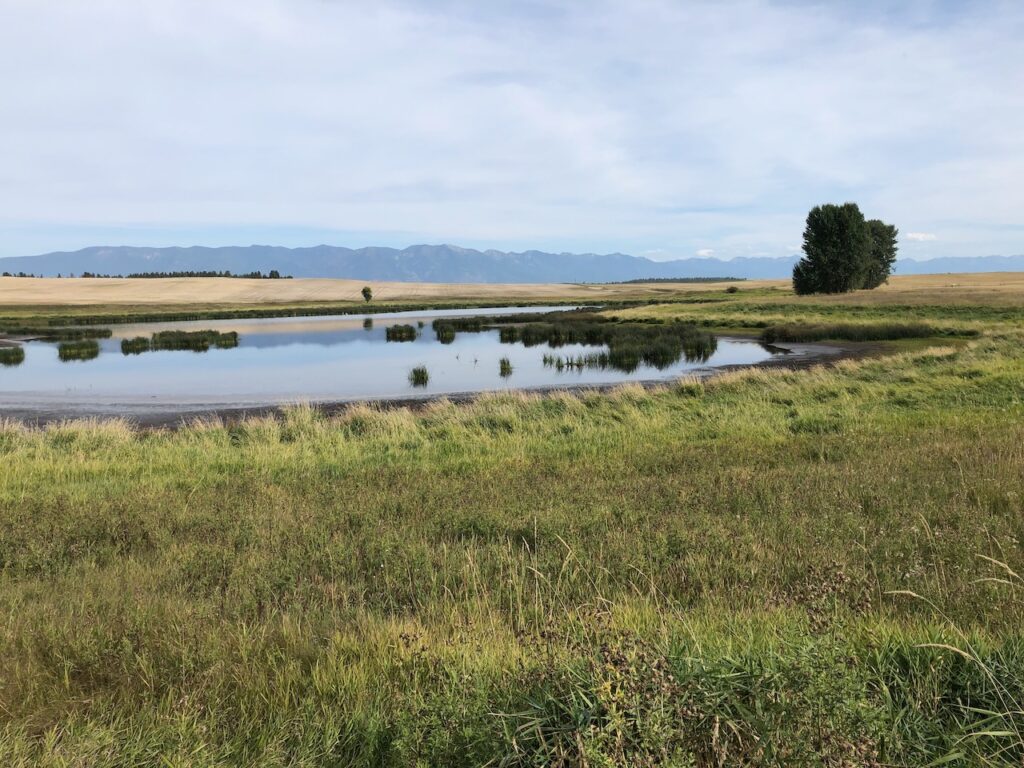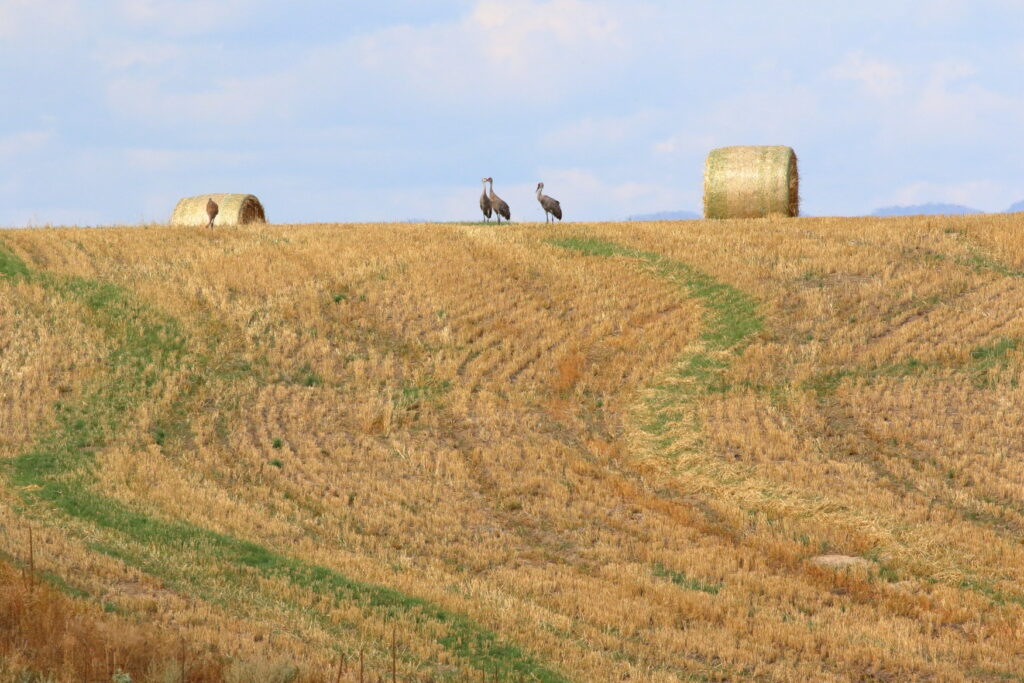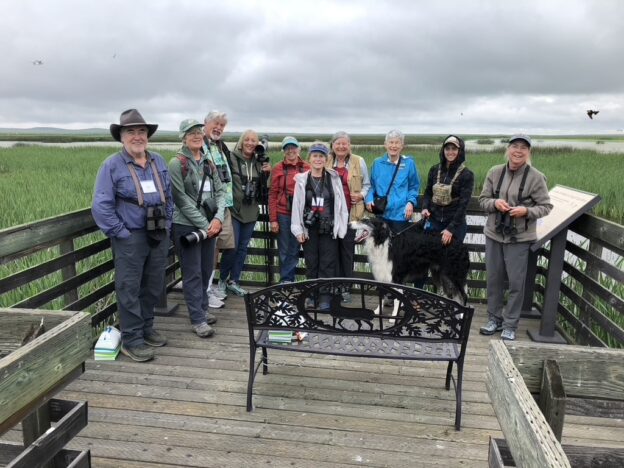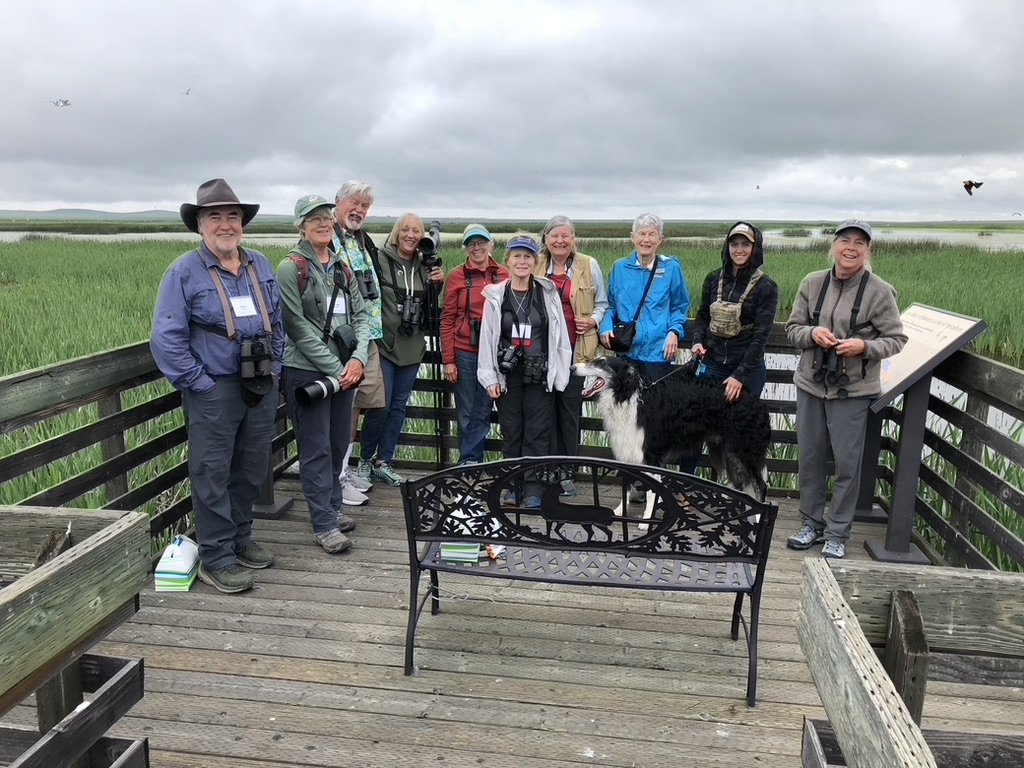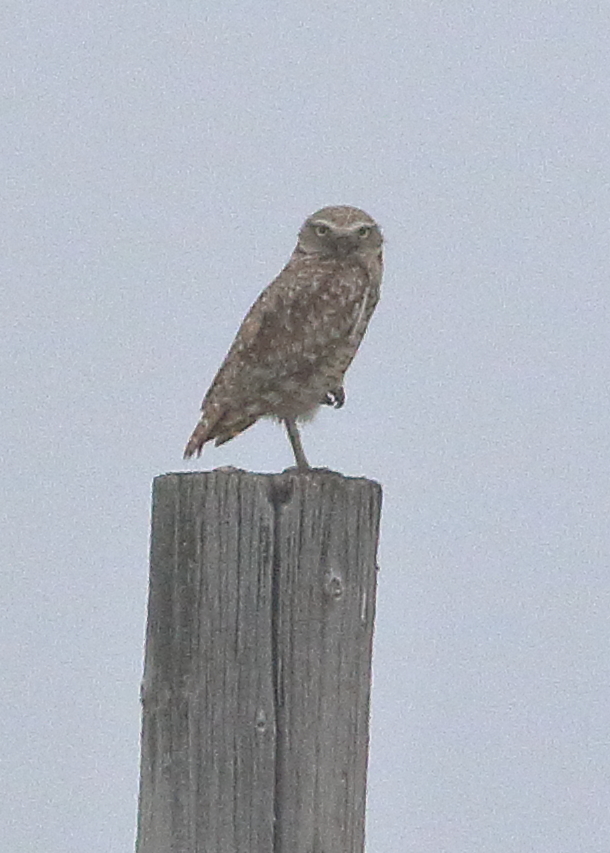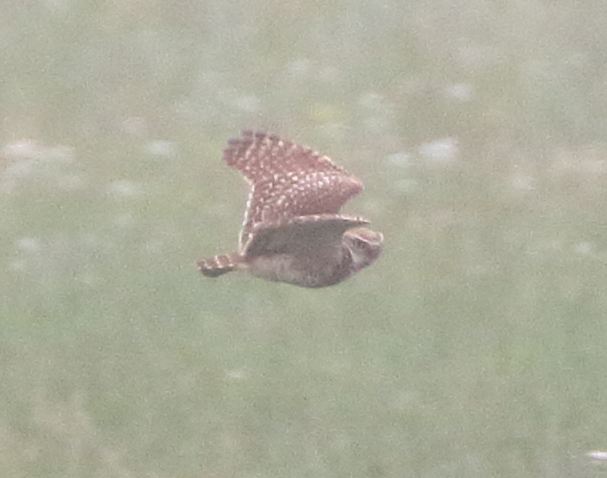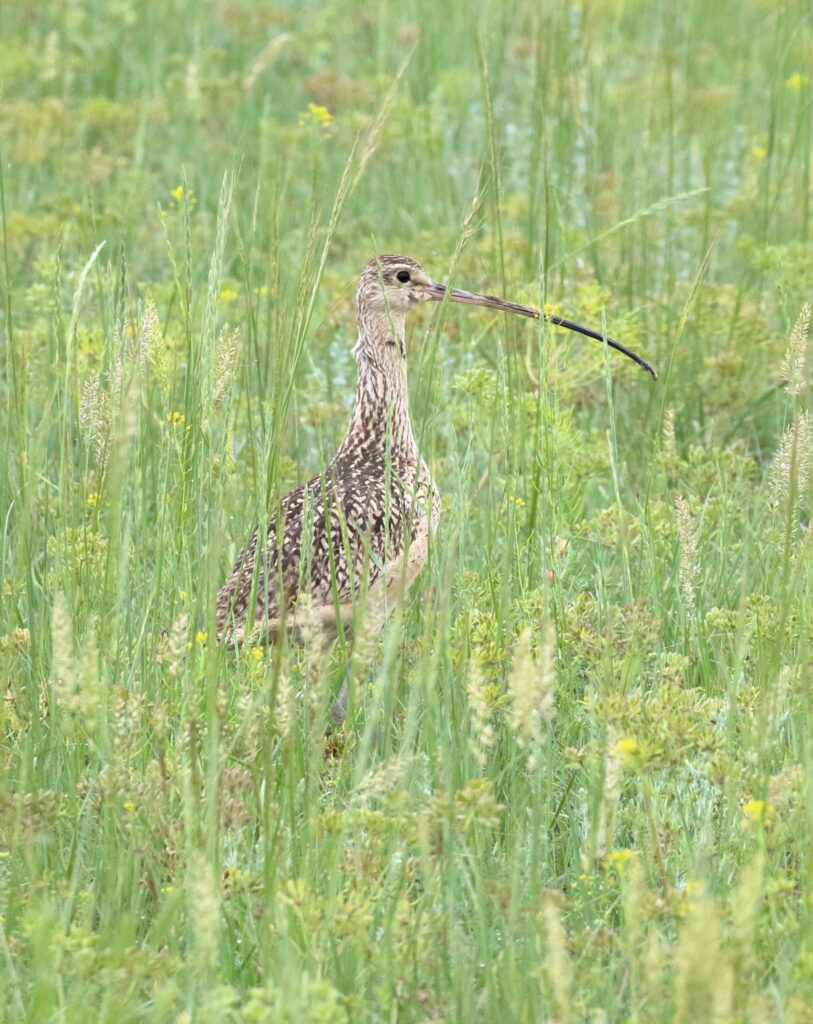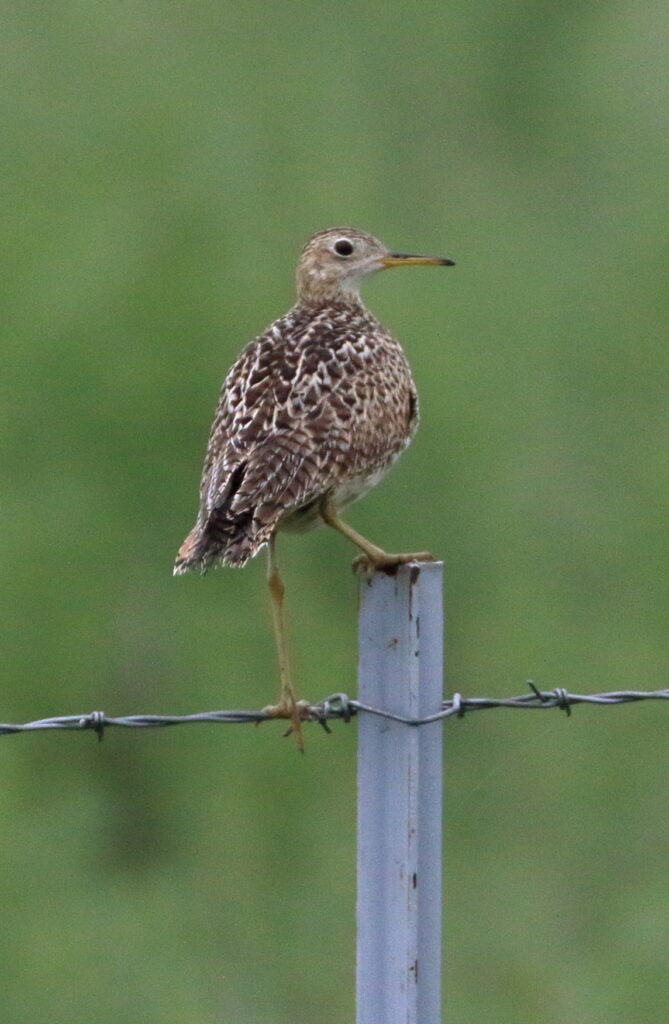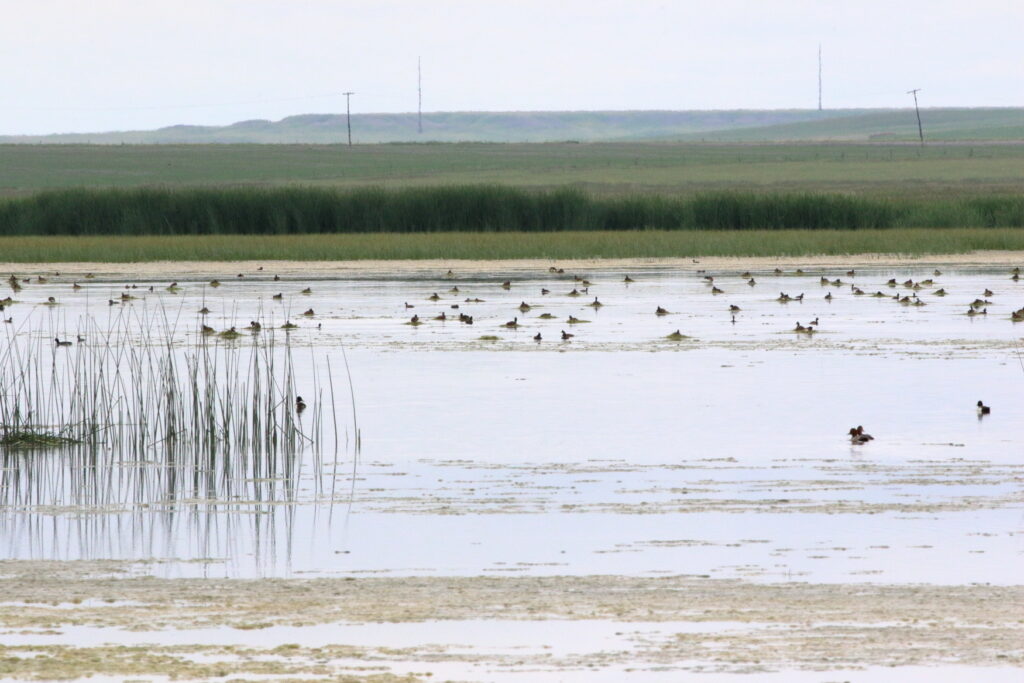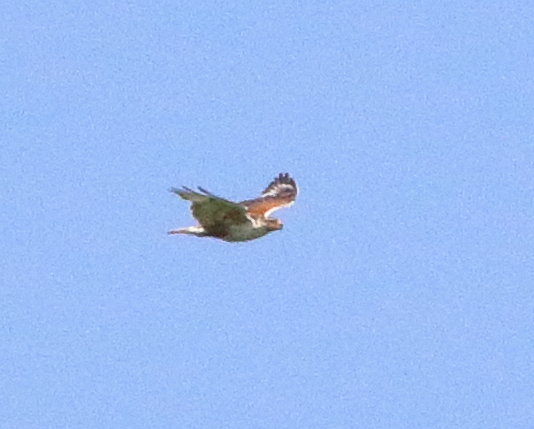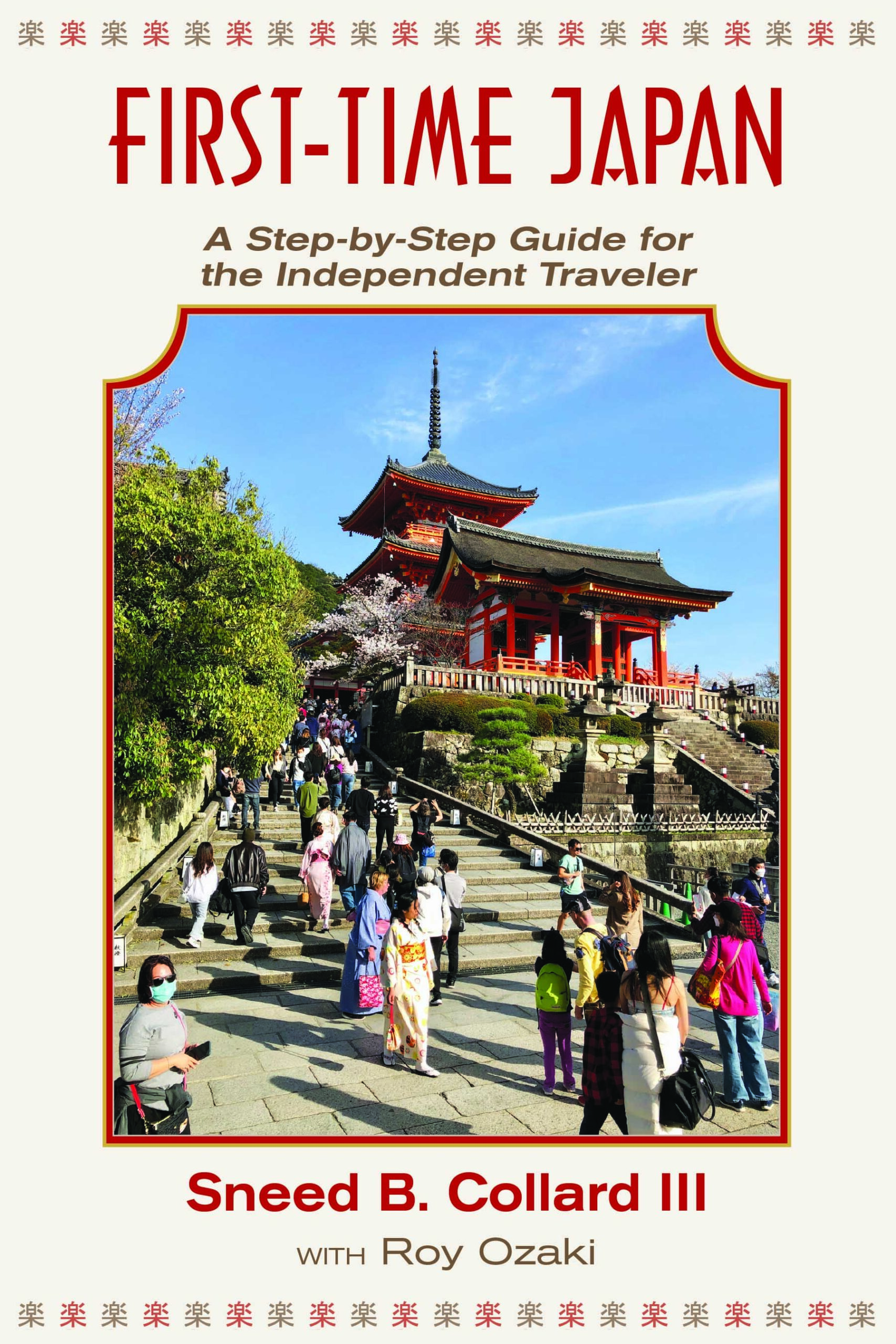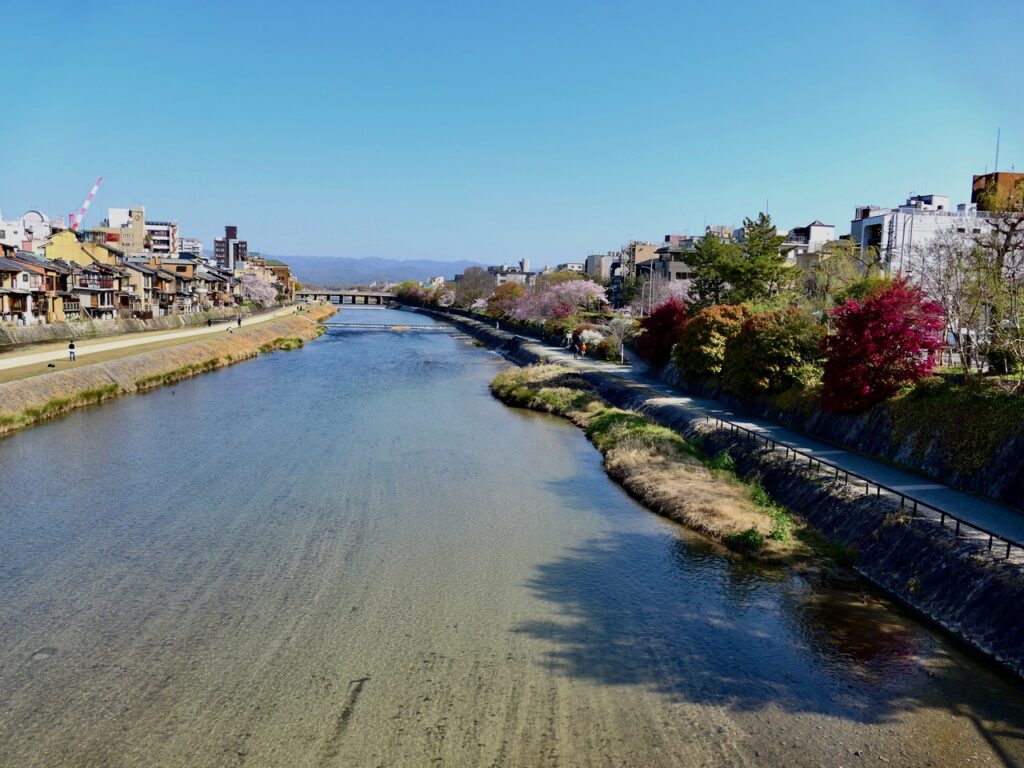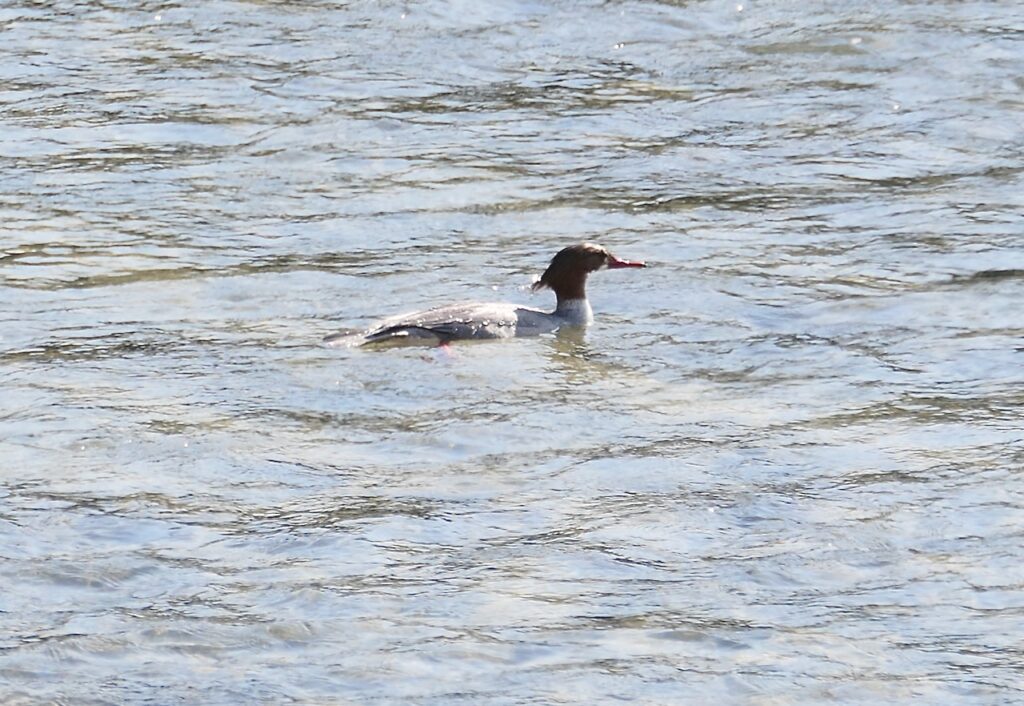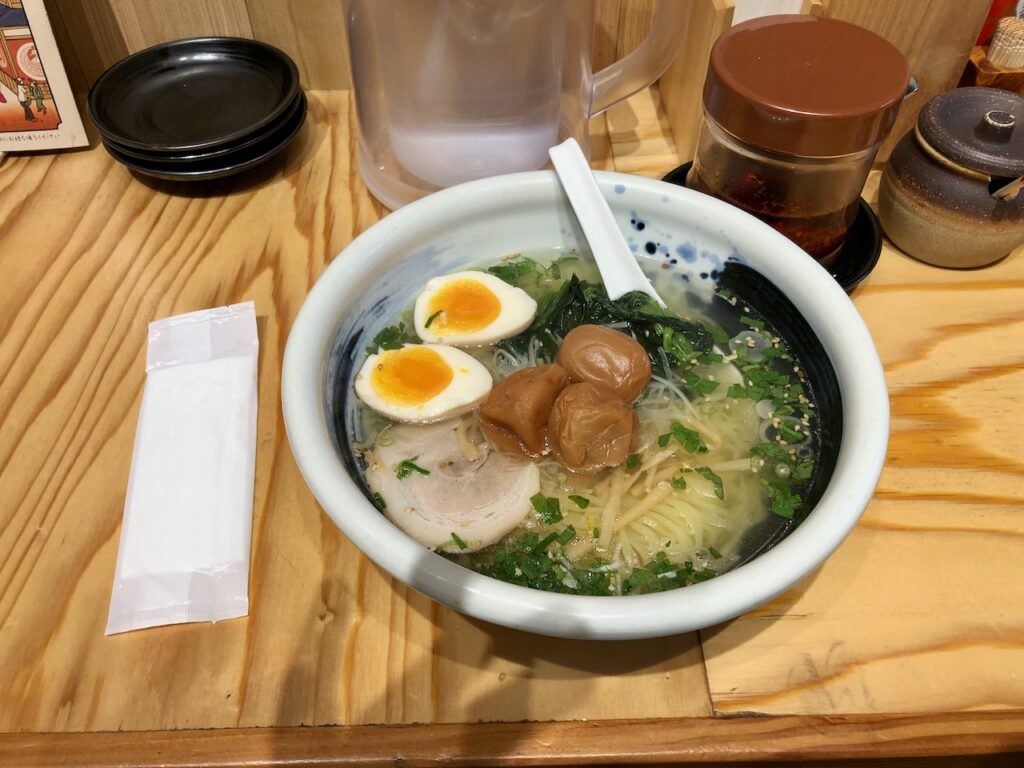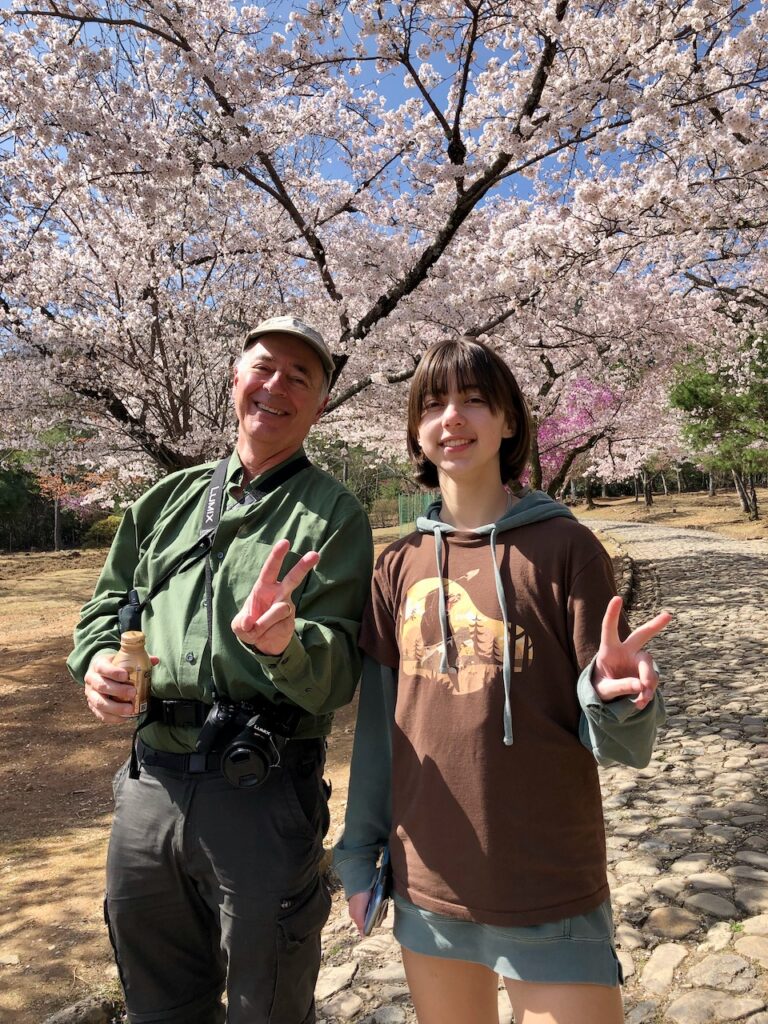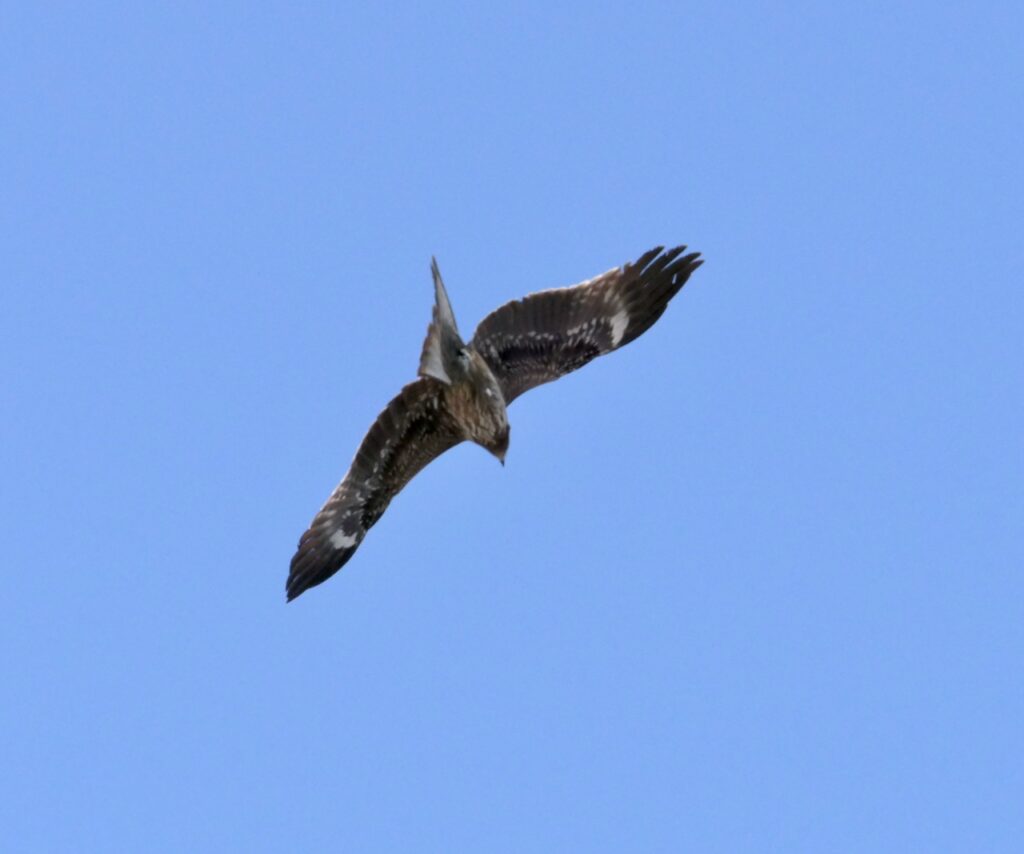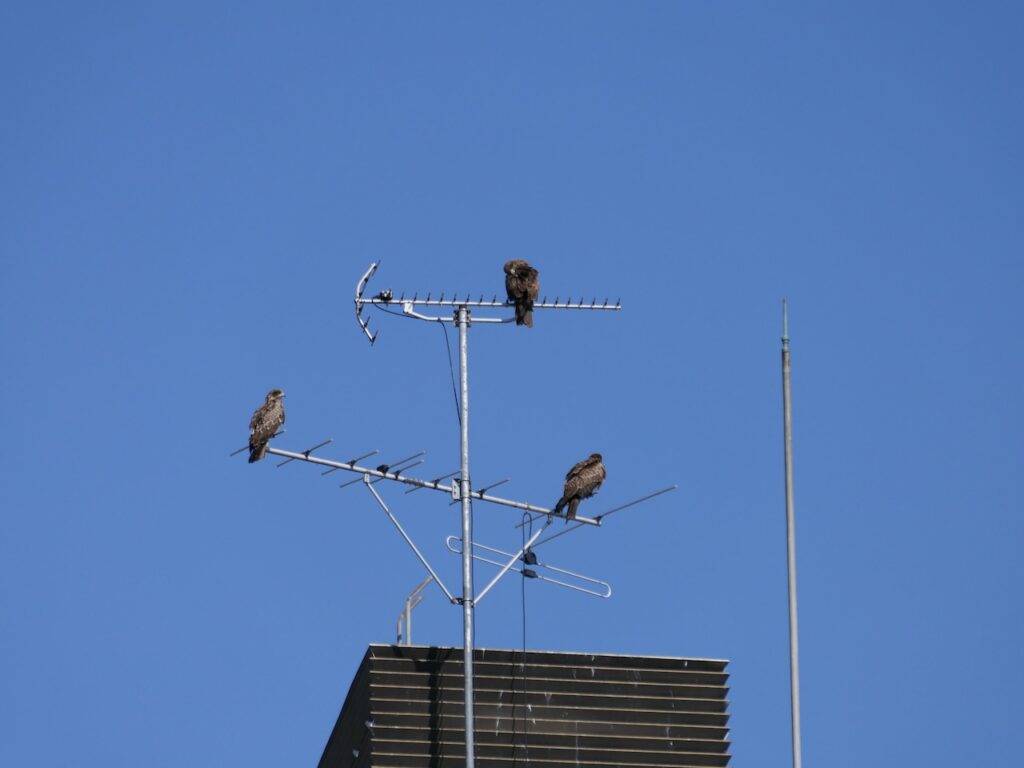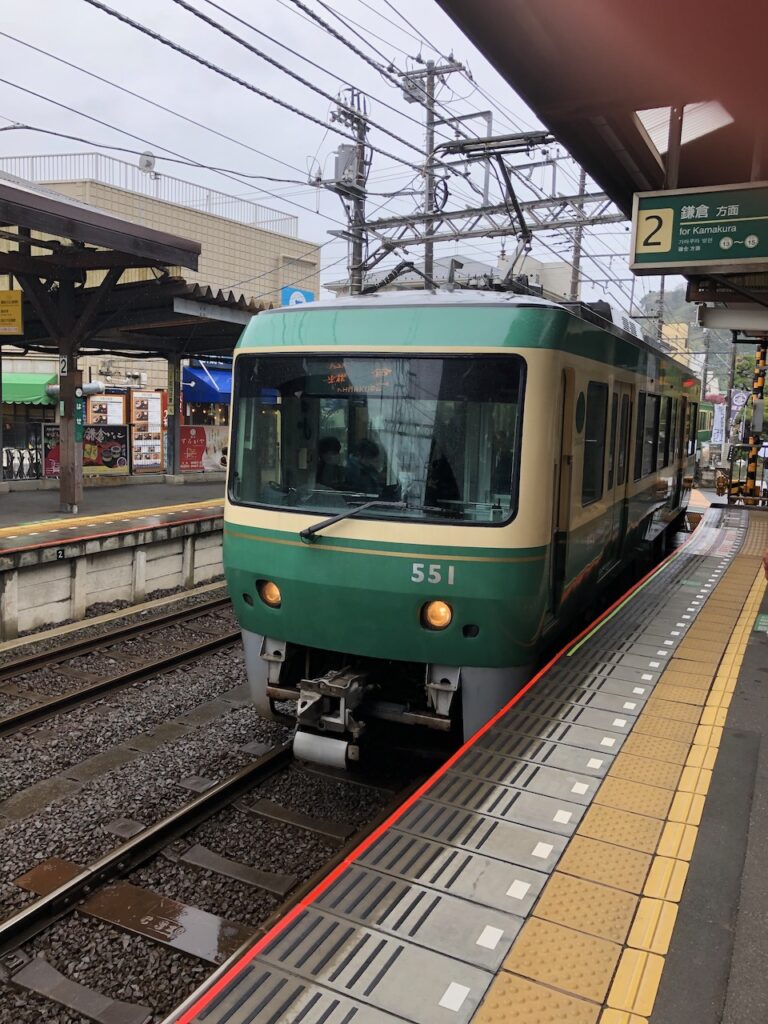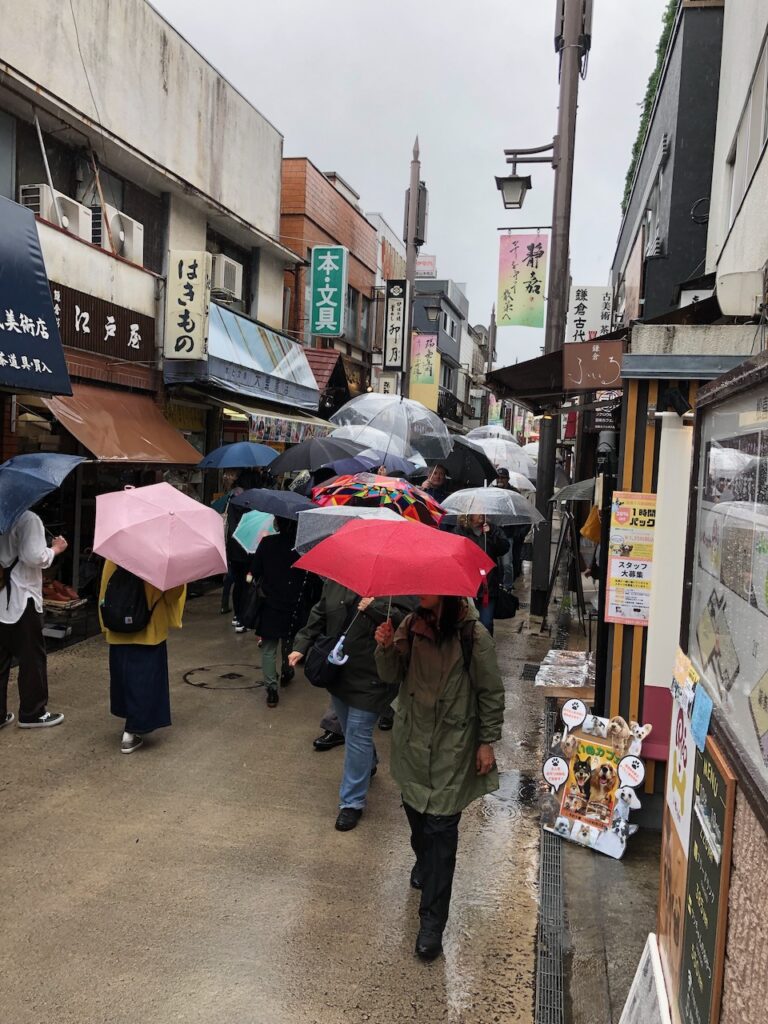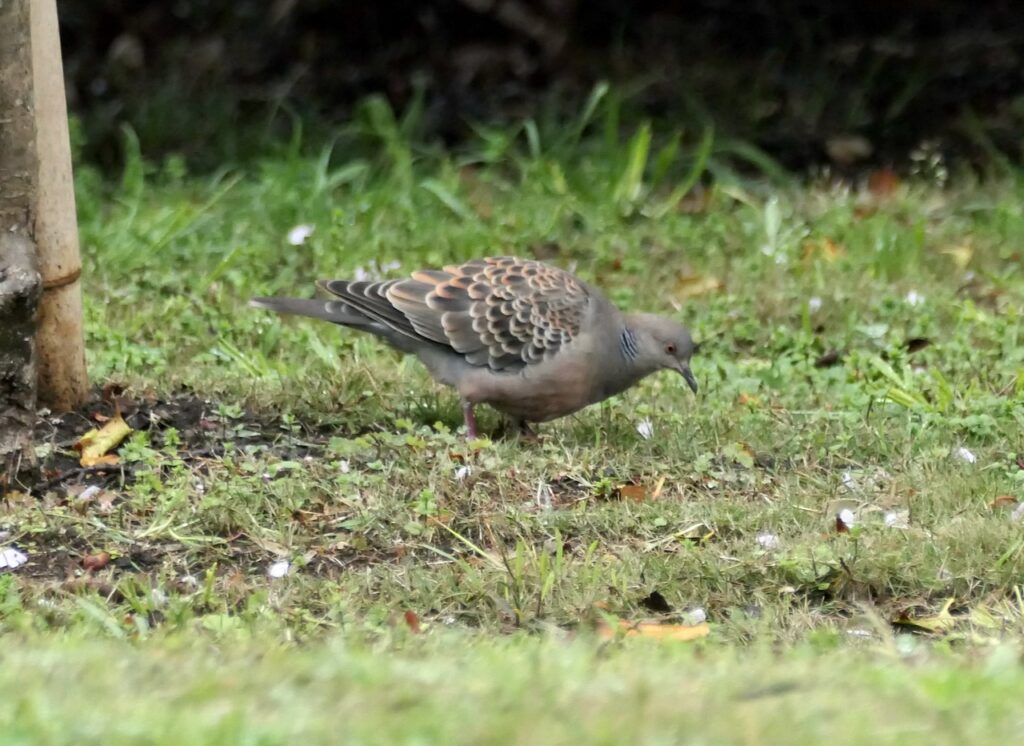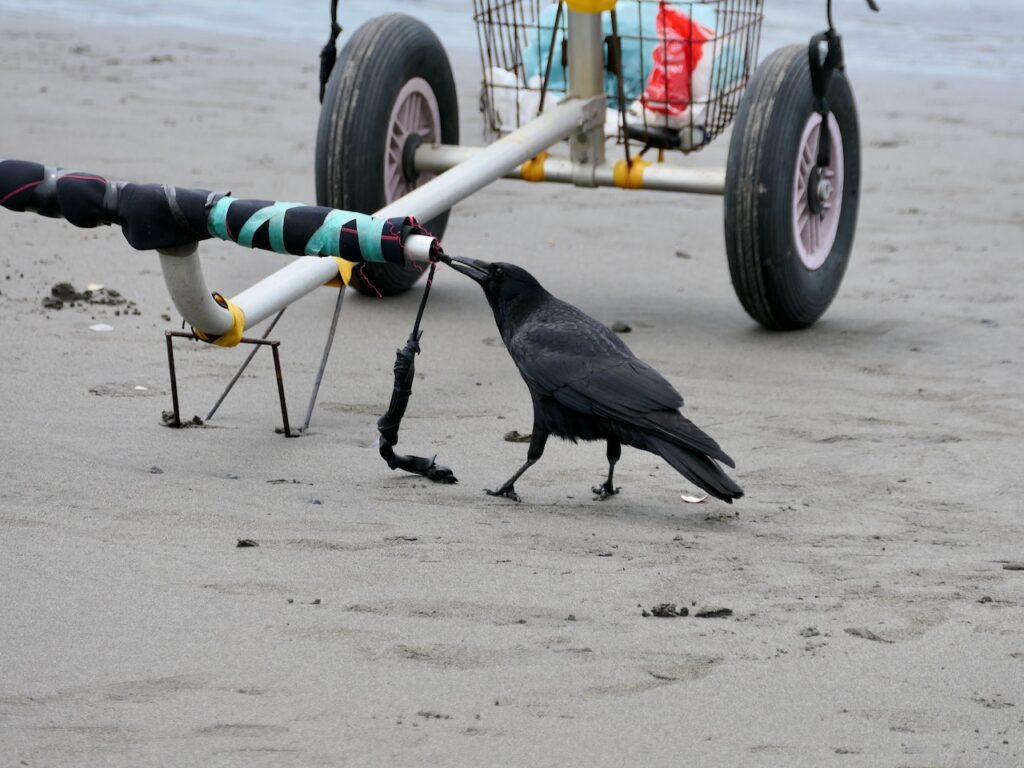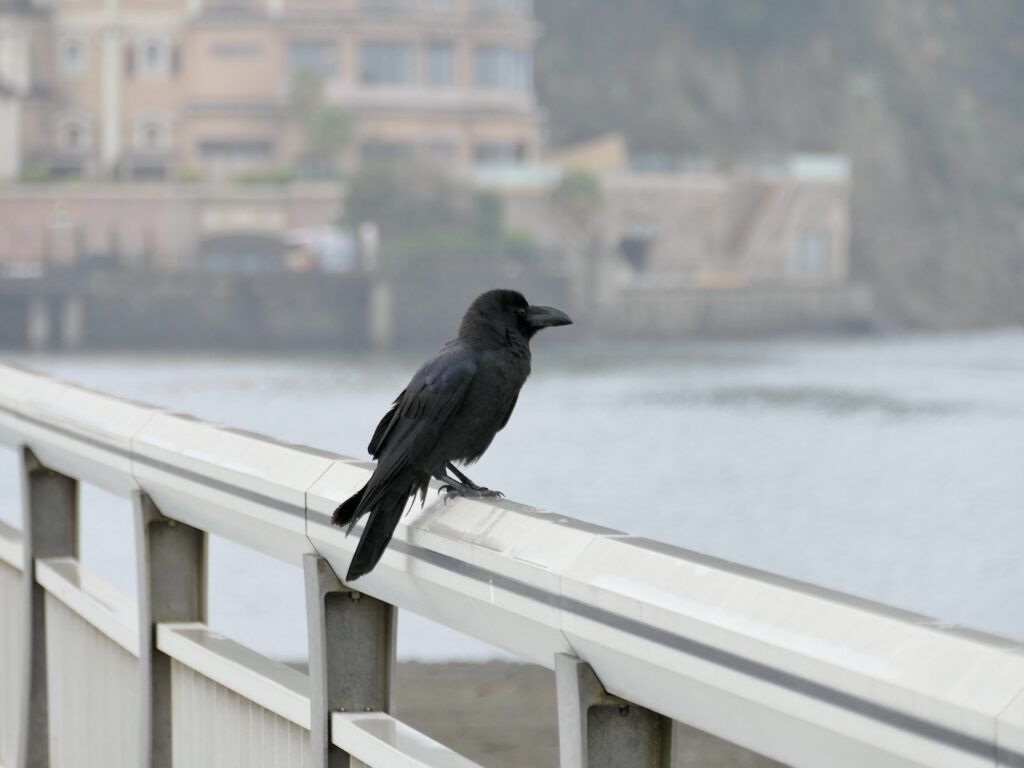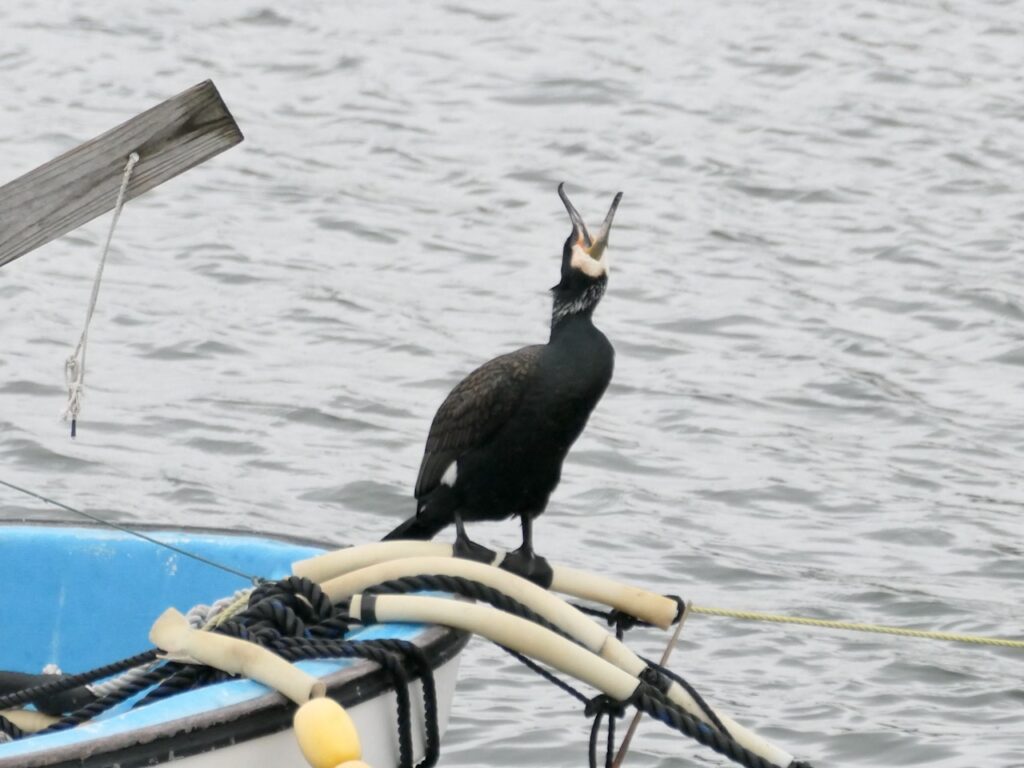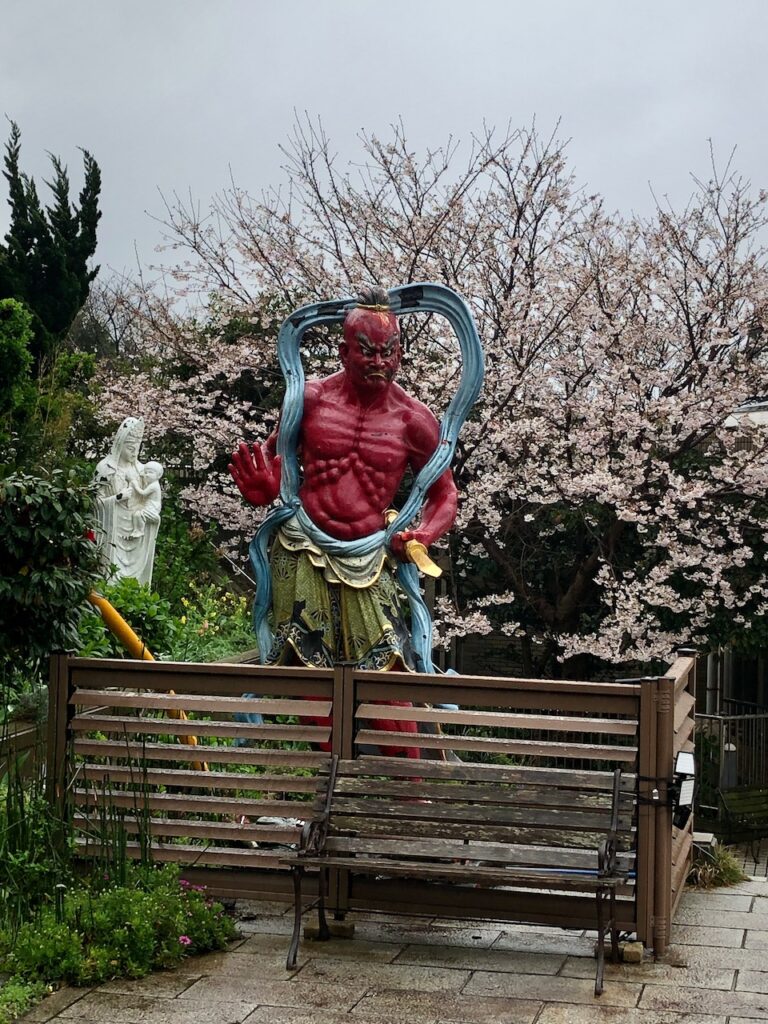To help usher you into a (hopefully) fun and festive holiday week, we’re pleased to present our second guest post by FSB’s Oregon field correspondent, Roger Kohn. Roger recently retired from a storied career of government service, giving him much more time to pursue his birding passions with his birding wife, Claudia. Here, he takes us to a place Braden and I have never visited—Smith Rock State Park.
You all lead busy lives, so why not take a break to embark on a vicarious adventure with me to one of central Oregon’s most beautiful places?
Eager for some epic scenery and inspiration before the snow flies and temperatures plummet, my wife, Claudia, and I drove 40 minutes north of Bend to Smith Rock State Park last week. After snagging a parking spot (a blood sport at this uber-popular park), we were greeted by a few Black-billed Magpies — with their bold black, white, and blue markings and extra-long tails.
Walk with us to the rim of a deep canyon and take in the magnificent vista that opens up below you, where the Crooked River wends its way through a rugged landscape of sheer cliffs formed by volcanic eruptions, and hillsides dotted with western juniper trees. With temperatures in the high 40s, it is perfect walking weather as we begin a steep zigzag descent into the Realm of Peregrine Falcons and Golden Eagles. (Alas, we won’t see any today.) Keep some energy in reserve, because what goes down must go back up. Reaching the bottom, we cross the river on the brand-new pedestrian bridge that replaced its old and battered predecessor.

As we make our way upriver, the Merlin Sound ID app (a great tool, but know its limitations) alerts us to the likely presence of Canyon Wrens. This surprised me because while I heard bird calls, I did not hear the melodic, descending call notes that I have learned to associate with this striking wren species. But Merlin was spot-on and in a few minutes we see a couple of Canyon Wrens calling and hopping among the boulders on the rugged terrain above us. With their enchanting calls, long bills, warm rufous tones and gray heads speckled with white, Canyon Wrens are always a pleasure to observe, especially when one of them poses on a rock for a perfect photo opportunity.
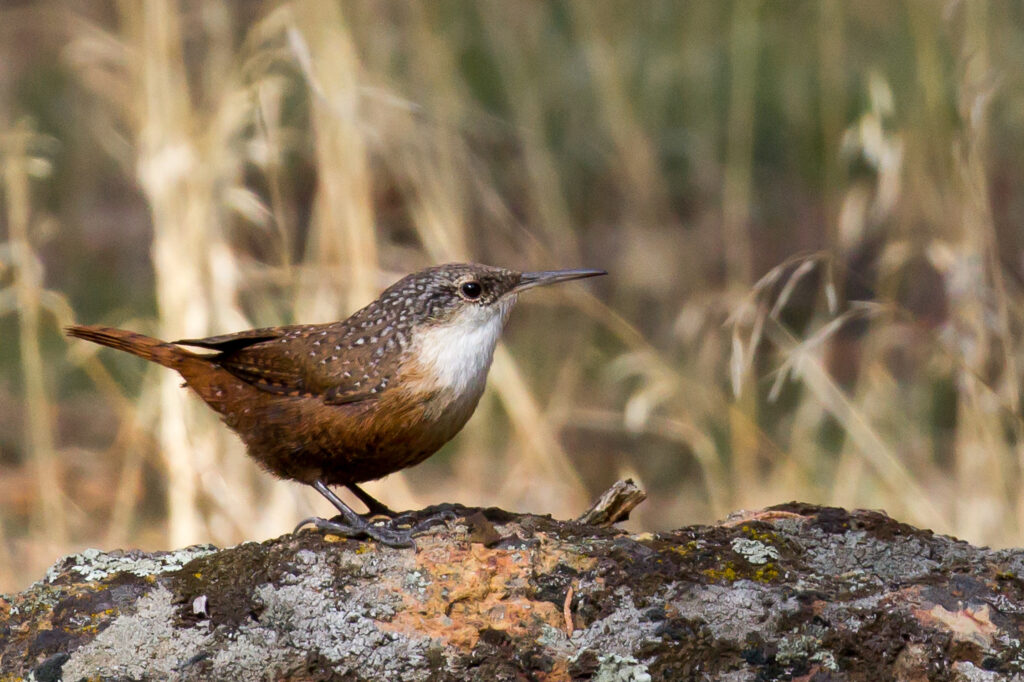
Continuing our walk along the river, we saw no ducks—at first. But soon a group of handsome Barrow’s Goldeneyes, a reliable species here, makes their appearance, diving below the surface to find food (and perhaps worry about their pending name change, following a recent announcement by the American Ornithological Society that names associated with people are gradually being replaced). The males of this species are easy to distinguish from very similar male Common Goldeneyes because the white patch on their face is crescent-shaped, not circular. As for the females, good luck with that, though female Barrow’s usually sport more orange or yellow on their bills than their Common counterparts. Your best clue is simply the presence of a male Barrow’s nearby. Later in our walk, Claudia focuses her binoculars on one male with a circular white patch. Great catch! There was at least one Common Goldeneye among the Barrow’s.
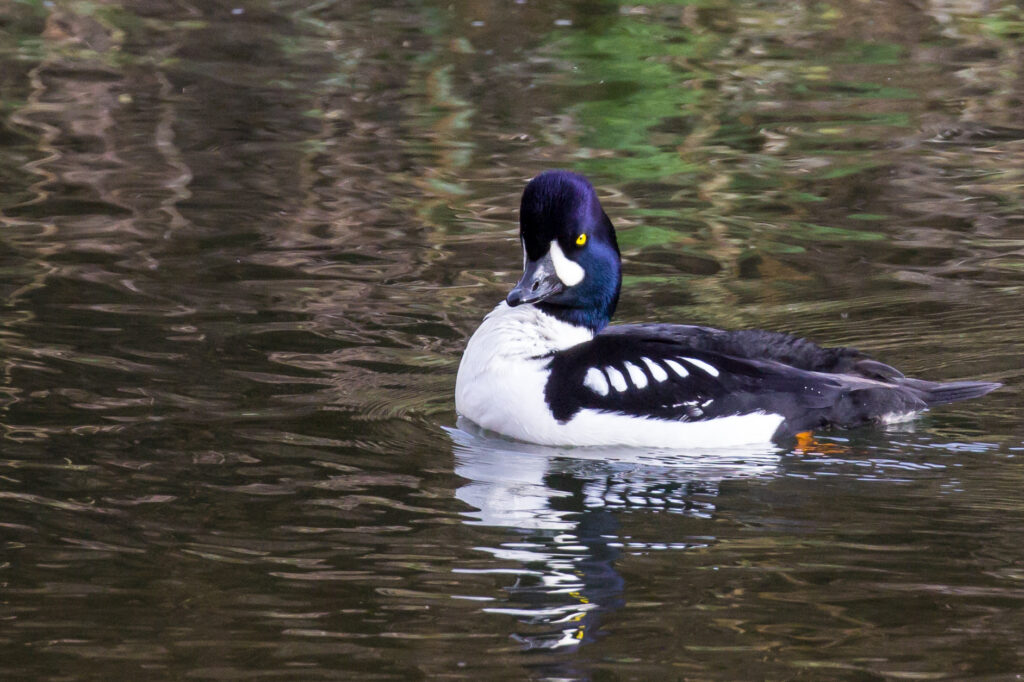
All around us, hordes of robins make sure we know that thrushes rule. I don’t know what makes this species so successful, but on any given birding walk we see dozens of them. In one location two years ago, we saw THOUSANDS of them. True story.
Wait — did you hear that? What’s that high-pitched ti-ti-ti sound? Looking around in the junipers close to us, we see that a flock of Golden-crowned Kinglets has suddenly appeared out of nowhere, looking all fine and dandy (and they know it), with their spectacular yellow crowns with bold black stripes. These tiny birds can tolerate temperatures well below zero, and will huddle together for warmth to survive subzero weather. They are hyperactive and often forage high in the treetops, so they’re hard to see and even harder to photograph. But today we are lucky. The kinglets flit about at eye level, and I capture a few decent photos of this gorgeous species.
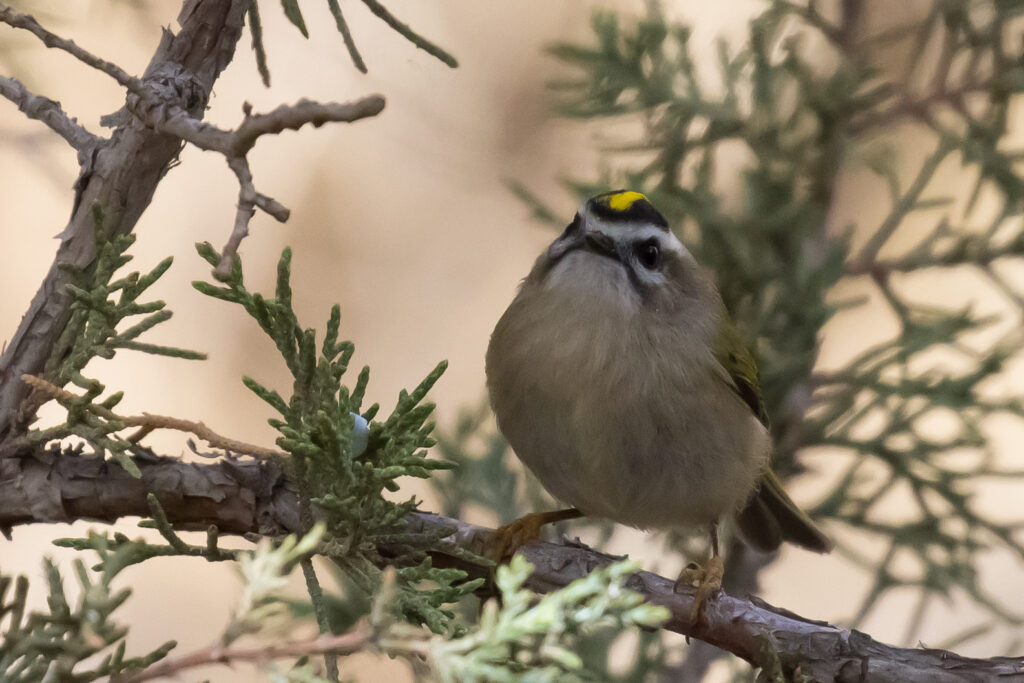
The river bends. Colorful canyon walls in shades of pale green, pink, and gold tower above us, rising straight up to dizzying heights. Rock climbers challenge themselves on tough routes, and we see some of them standing atop the highest cliffs, where normally only raptors dare to soar.
Get ready to feel the burn, though, because it’s time to hike up out of the canyon. Pausing at the bridge before our ascent, we get great looks at Golden-crowned Sparrows in a feeding bonanza in a re-seeded grassy area (see recent post, “Zoning Out on Zonotrichia Sparrows”). The breeding habits of this species in Alaska and British Columbia are not well known.
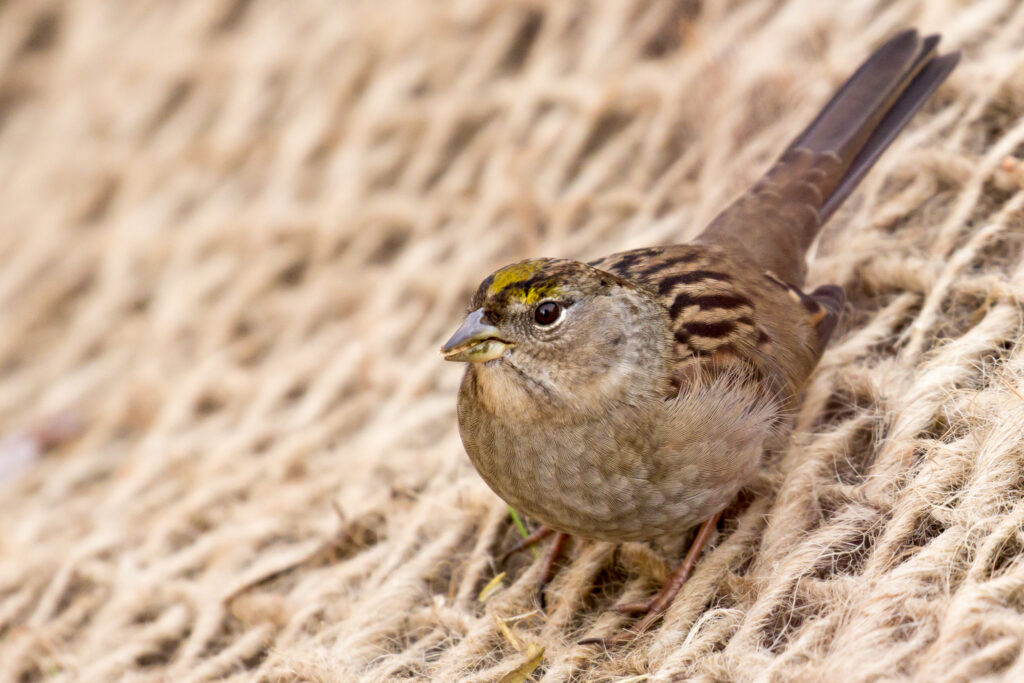
Up, up, up we go. We stop to rest as our hearts pound, and see a raptor far away, atop one of the highest cliffs on the other side of the river. Too far to ID, but photo processing later reveals a likely Red-tailed Hawk.
No matter how many times you visit, Smith Rock will take your breath away. It is a truly magical place.
Back home, I invite you to sip an Oregon-brewed pale ale with delicious citrusy, floral hop flavors and a lovely bready malt backbone as you bask in the glow of seeing some great birds in a landscape like no other.
eBird Checklist – 10 Nov 2023 – Smith Rock SP – 20 species (+1 other taxa)
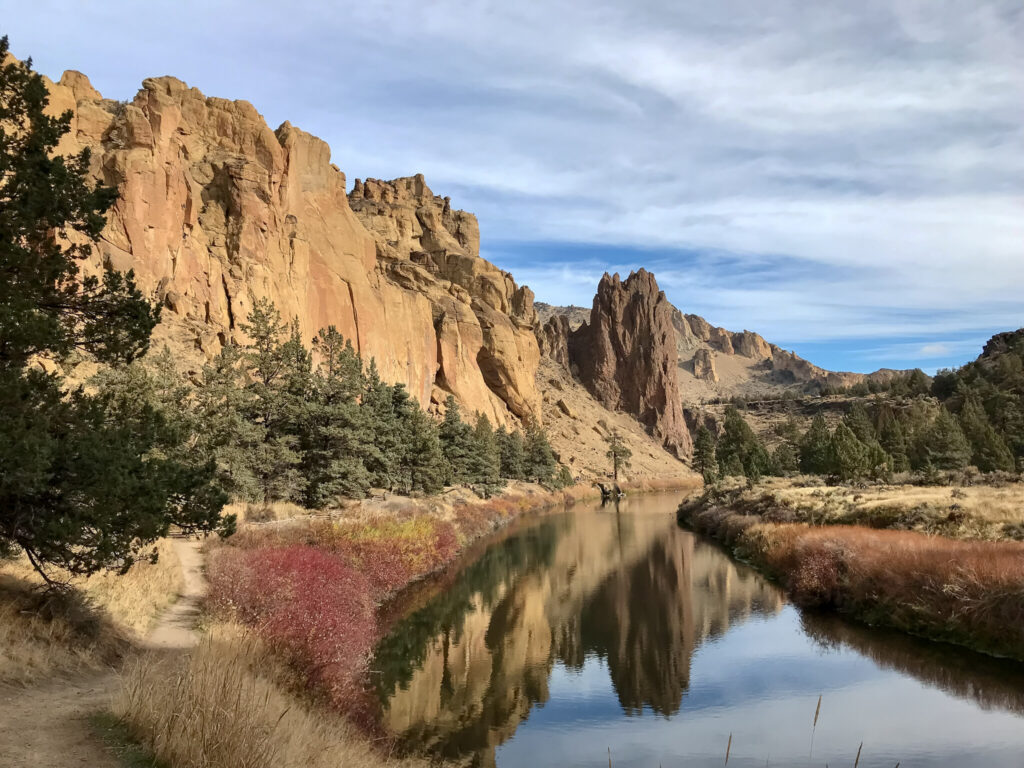
All photos and text copyright Roger Kohn.


